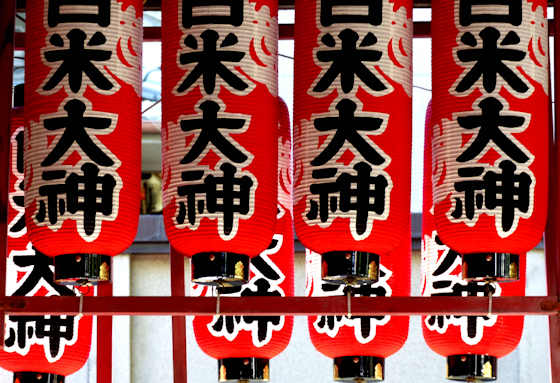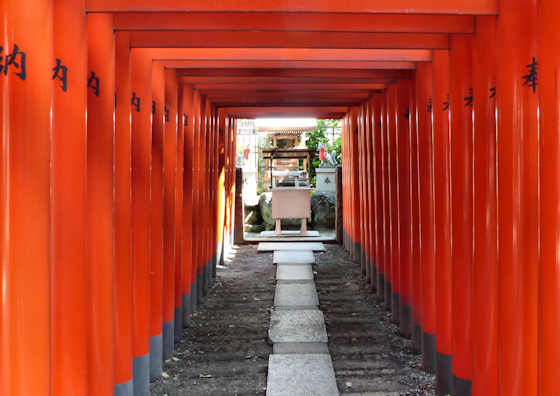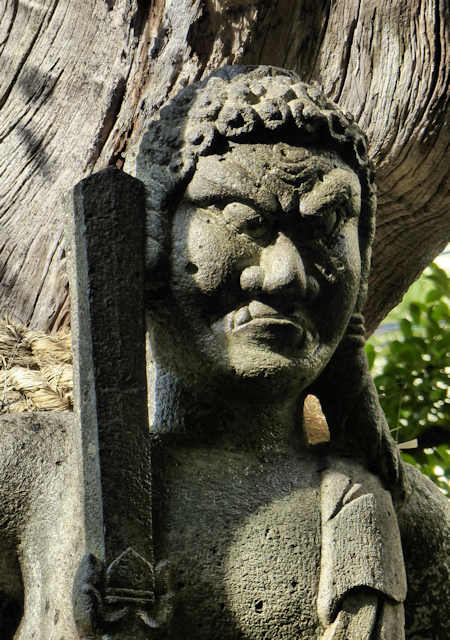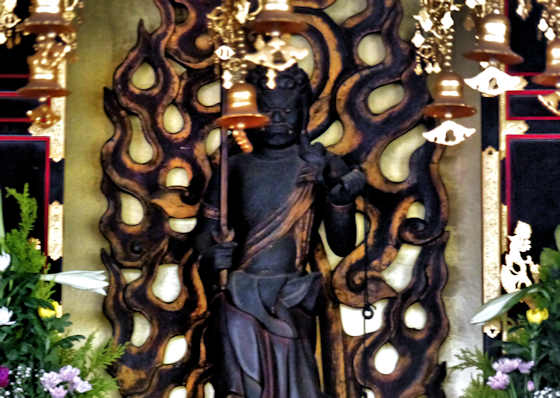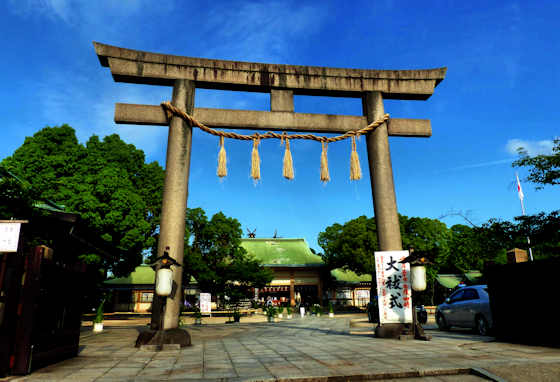Showing posts with label kinkifudo. Show all posts
Showing posts with label kinkifudo. Show all posts
Saturday, April 22, 2023
Kantele Ogimachi Square Osaka
Labels:
Architecture,
kinkifudo,
Museum,
Osaka
Wednesday, February 22, 2023
Taiyuji Temple 6 Kinki Fudo Myo Pilgrimage
Taiyuji Temple, number 6 on the Kinki Fudo Myo Pilgrimage, is a large complex in downtown Umeda close to Osaka Station.
It is said to have been founded in 821 by Kobo Daishi himself with Emperor Saga donating a statue of Senju Kannon which is now the honzon. The temple was burned to the ground during the Siege of Osaka in 1615 and then once again at the end of WWII. Most of the current buildings date to 1986.
There are numerous statues and shrines scattered throughout the grounds. It is said that in the Meiji period, the Freedom & Political Rights Movement was established here before spreading around the country.
The Okunoin of the temple is a small cave enshrining a Fudo Myo statue.
Labels:
Fudo Myojin,
kinkifudo,
kobo daishi,
Osaka,
senju kannon,
temple
Thursday, December 1, 2022
Osaka Tenmangu
Osaka Tenmangu
There are countless thousands of wooden ema strung up around the main buildings, the vast majority containing prayers for success in exams, as this is a Tenmangu shrine, enshrining Sugawara Michizane, considered to be the patron of scholarship.
This was my second day walking the Kinki Fudo Myo pilgrimage and was heading to the next temple after having visited Houoninji.
Saturday, September 10, 2022
Kozugu Shrine
Japan Shrines
Thursday, June 2, 2022
Houonin Temple 5 Kinki Fudo Myoo Pilgrimage
Houonin Temple
There was also this statue of who I am fairly certain is En no Gyoja, the legendary founder of Shugendo
Labels:
en no gyoja,
Fudo Myojin,
kinkifudo,
Osaka,
temple
Monday, March 14, 2022
Ikutama Shrine
Ikutama Shrine
Shigino Shrine is another of the more well-known sub-shrines in the grounds. It is said that Hideyoshi's wife was a regular visitor. The symbol on the lanterns and ema is a lock with the florid kanji for "heart" and is said to be a good lace to ray for "connection", though it seems it may have been more concerned with breaking bad connections.
The two main kami enshrined in Ikutama Shrine are Ukushimanokami and Tarushimanokami, neither of which aear in the ancient chronicles, and seemingly only one other shrine in Nagano enshrnes them.
An unusal set of direction signs pointing to the various "attractions" in the grounds of Ikutama Shrine.
Monday, October 18, 2021
Shinsekai
新世界
There had been other sights other than the pilgrimage temples. An annex of Isshinji Temple was very surprising, as was Aizendo Shomanin Temple. The most interesting shrine of the day was Yasui Shrine enshrining the samurai Sanada Yukimura.
Subscribe to:
Posts (Atom)



















